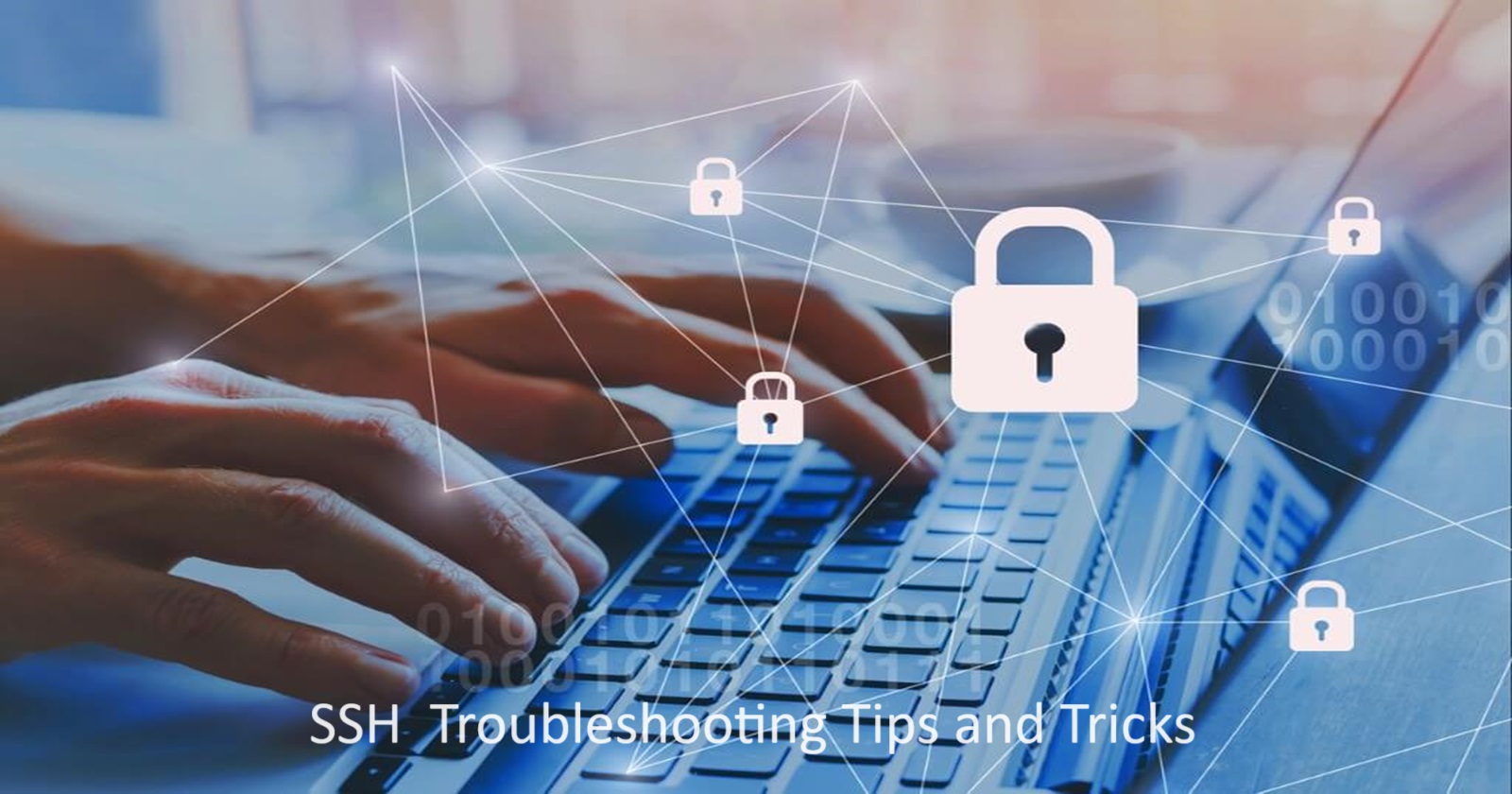🔐SSH Troubleshooting 101: Your Path to Secure Remote Connectivity 🔐
 Sprasad Pujari
Sprasad Pujari
SSH (Secure Shell) is a widely used protocol for secure remote access to servers and systems. However, sometimes we may encounter issues while trying to establish an SSH connection. Here's a comprehensive guide to help you troubleshoot common SSH problems. 🔍
- 🕰️ Connection Timeout
This is usually a security group issue.
Ensure your security group is correctly configured and assigned to your EC2 instance.
Your security group should allow inbound traffic on port 22 (SSH) from the appropriate IP range (e.g., your IP or 0.0.0.0/0 for anywhere).
- ⏳ Connection Timeout Persists
If your security group is properly configured and you still face connection timeout issues, it could be due to a corporate or personal firewall blocking the connection.
In such cases, consider using EC2 Instance Connect as an alternative.
- 🪟 SSH Not Working on Windows
If you encounter the error "ssh command not found" on Windows, it means you need to use a dedicated SSH client like PuTTY.
Follow the instructions provided in the video or use EC2 Instance Connect.
- ❌ Connection Refused
This error indicates that the instance is reachable, but no SSH service is running on it.
Try restarting the instance.
If the issue persists, terminate the instance and create a new one, ensuring you're using Amazon Linux 2.
- 🔑 Permission Denied (publickey, gssapi-keyex, gssapi-with-mic)
This error can occur due to two reasons:
You're using the wrong security key or not using a security key at all. Verify the correct key is assigned to your EC2 instance.
You're using the wrong user. Ensure you've started an Amazon Linux 2 EC2 instance and are using the 'ec2-user' when connecting (e.g., ec2-user@<public-ip>).
- 😖 Nothing is Working
Don't panic! Use EC2 Instance Connect as an alternative method for connecting.
Ensure you've started an Amazon Linux 2 instance a
- 🔄 Connection Issues After Instance Restart
If you were able to connect yesterday but can't today, it's likely because your EC2 instance's public IP has changed after restarting.
Update the new public IP in your SSH command or PuTTY configuration.
- 🔍 Check SSH Service Status
Ensure the SSH service is running on the remote server by checking its status (e.g.,
sudo systemctl status sshdon Linux).If the service is not running, start it using
sudo systemctl start sshd.
- 🔑 Key Permissions
Verify that your private key file has the correct permissions (600 or 400).
Use
chmod 600 your_private_key_fileto set the appropriate permissions.
- 🔁 Try a Different Port
If the default SSH port (22) is blocked, try using a different port.
Edit the SSH configuration file (
/etc/ssh/sshd_config) on the server to change the port, and update your client accordingly.
- 🕵️♀️ Enable Verbose Logging
Turn on verbose logging on the SSH client (
ssh -vvv user@host) to get more detailed information about the connection attempt.This can help identify the root cause of the issue.
- 🚫 Disable Strict Host Key Checking (Temporary)
If you encounter a "REMOTE HOST IDENTIFICATION HAS CHANGED" error, try disabling strict host key checking temporarily (
ssh -o StrictHostKeyChecking=no user@host).This can help you connect and update the known hosts file.
- 📡 Check Network Connectivity
Ensure the remote server is reachable by pinging its IP address or hostname.
If the ping fails, there might be a network or firewall issue.
- 🔄 Restart SSH Service/Network
- Sometimes, restarting the SSH service (
sudo systemctl restart sshd) or the network interface can resolve connectivity issues.
- 📚 Consult Documentation and Logs
Refer to the SSH client and server documentation for specific troubleshooting guidance.
Check system logs (e.g.,
/var/log/secureor/var/log/auth.log) for any relevant error messages.
Remember, SSH troubleshooting can be a complex process, but with the right approach and tools, you can overcome even the toughest challenges. Stay patient, methodical, and keep learning! 📚🚀
Thank you for joining me on this journey through the world of cloud computing! Your interest and support mean a lot to me, and I'm excited to continue exploring this lfascinating field together. Let's stay connected and keep learning and growing as we navigate the ever-evolving landscape of technology.
LinkedIn Profile: https://www.linkedin.com/in/prasad-g-743239154/
Feel free to reach out to me directly at spujari.devops@gmail.com. I'm always open to hearing your thoughts and suggestions, as they help me improve and better cater to your needs. Let's keep moving forward and upward!
If you found this blog post helpful, please consider showing your support by giving it a round of applause👏👏👏. Your engagement not only boosts the visibility of the content, but it also lets other DevOps and Cloud Engineers know that it might be useful to them too. Thank you for your support! 😀
Thank you for reading and happy deploying! 🚀
Best Regards,
Sprasad
Subscribe to my newsletter
Read articles from Sprasad Pujari directly inside your inbox. Subscribe to the newsletter, and don't miss out.
Written by

Sprasad Pujari
Sprasad Pujari
Greetings! I'm Sprasad P, a DevOps Engineer with a passion for optimizing development pipelines, automating processes, and enabling teams to deliver software faster and more reliably.